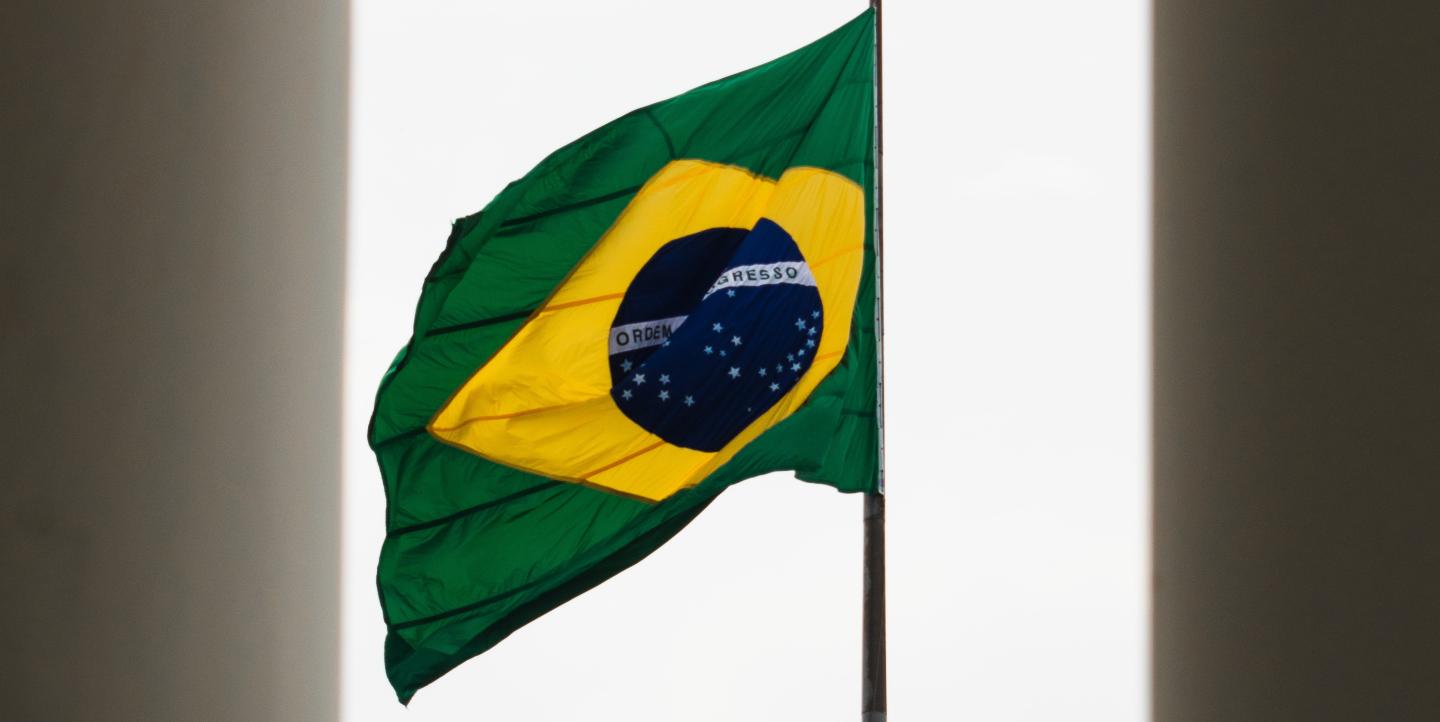On January 8, just days after the transfer of power to president Lula da Silva in Brazil, supporters of former president Jair Bolsonaro stormed the country’s Supreme Court, presidential offices, and legislature. Among their demands, rioters called for a military coup to oust da Silva from the presidency.
Videos from what is now known as the January 8 insurrection closely mirror the attempted coup on January 6, 2021 in the U.S., in which supporters of then-president Donald Trump disrupted the certification of the election in an attempt to prevent the peaceful transfer of power to President Joe Biden.
One month on from the January 8 insurrection in Brazil, the country’s journalists must answer many of the same questions that faced their counterparts in the U.S. two years ago. How will those who instigated the insurrection be held accountable? How do we fight the vast amounts of disinformation surrounding the events? How can we best communicate to readers the severity of the threat to democracy?
To answer these questions, I spoke with Meg Kelly, a video reporter on the Washington Post’s video forensics team, and Ryan Reilly, a justice reporter at NBC News, who both reported on the events of January 6 in the U.S. and their aftermath.
Here is the advice they have for journalists in Brazil, and others who report on anti-democratic extremism.
Reporting on the aftermath of insurrection
In the immediate aftermath of the U.S. insurrection, Kelly’s video forensics team at the Washington Post created a visual timeline of the day’s events. They used footage posted online and taken by reporters to sequence events, verifying video timestamps to see exactly when rioters breached the Capitol and how close they were able to get to lawmakers.
In the months following the insurrection, Kelly and her team moved on to create visual documentation of more complex issues, such as how law enforcement attempted to contain the riot. In one follow-up story, Kelly sought access to police communications on the day of the insurrection, which revealed planning failures that allowed rioters to breach the Capitol.
At NBC News, Ryan Reilly focused on the justice system’s response to January 6. “One of the things from the early days that's become clear, which I would keep in mind if I were looking into what was happening in Brazil, is that we didn't really know the full extent of how many people a potential criminal investigation could involve,” Reilly said. For example, in the initial days after the insurrection, Reilly said, it was estimated that around 800 people had entered the Capitol, when in reality the numbers were actually above 2,000.
The scale in Brazil is even larger, too: the day of the insurrection alone resulted in at least 1,500 arrests. More than two years after the U.S. insurrection, just 950 people have been charged. Likewise, estimates by the Brazilian government of the number of rioters that breached government buildings at around 5,000, compared to an estimated 2,000 who entered the Capitol in the U.S.
Both Kelly and Reilly also emphasized the important differences between the January 6 and January 8 insurrections. In the case of January 6, insurrectionists wanted to stop the certification of elections; in Brazil, the insurrection occurred after President da Silva was already inaugurated. The U.S. riot was also more violent, as the crowd engaged in hand-to-hand combat with police, and five deaths were ultimately attributed to the violence.
Fighting disinformation
Disinformation inspired the January 6 coup attempt in the U.S., and also proliferated online in the insurrection’s aftermath, seeking to create confusion about what actually happened. “What we call January 6 [was because of] those conspiracy theories,” said Reilly. “And now there's a bunch of conspiracy theories about January 6 itself.”
False allegations that so-called “deep state actors” such as the FBI, were responsible and insinuations the insurrection was actually staged by antifa, were common in the days and weeks that followed. The disinformation deflected blame away from former President Trump’s instigation of the insurrection, while also painting the events as a conspiracy against Trump and his supporters. Similar attempts are now underway in Brazil, with pro-Bolsonaro TV networks such as Jovem Pan giving airtime to figures pedaling disinformation.
One step journalists can take to combat disinformation is to correctly label rioters and insurrectionists according to the actions they carried out that day. “We felt comfortable saying that people who entered the Capitol building engaged in the riot,” said Kelly. Being specific with language is just as important, she added: “I don't think that we could say every person who entered the Capitol building held those types of extreme beliefs. So we would often say something like ‘a Trump supporter’ or ‘a person who thought the election was falsified.’”
Pointing to concrete evidence is another vital way to refute disinformation-fueled claims, especially when communicating with people who have less trust in media. “Relying on video evidence with specific time stamps, relying on photos that have clear metadata – being able to put all of those pieces together for people in a way that isn’t someone's recollection [or] something that an intelligence source told you," Kelly explained. “Using those pieces of really concrete evidence, I have found in my own work, can be a way of really connecting with people.”
Ensuring accountability
Preventing future anti-democratic actions requires holding those responsible for organizing the insurrections accountable. Journalists can play a key role in this. “The underlying forces in terms of social media rhetoric [leading] up to the day before is definitely something that I would suggest Brazilian journalists keep an eye on,” said Kelly. “Start to think about who were the leaders of the different groups that were involved in pushing forward the protests and some of the more violent moments.”
Journalists should also look into the role played by law enforcement and the military. Many of the U.S. rioters belonged to one of these two groups. “We've had active duty Marines who went to the Capitol. We've had police – current and former retired police officers – who were involved in this attack on January 6th,” Reilly said.
In Brazil, many police officers simply stood by as rioters attacked the Supreme Court and Capitol building. “I think that that's certainly something I would be interested in – [police] downplaying the threat due to politics, or basically siding with the people who stormed the Capitol because they shared the same political point of view,” Reilly said.
Finally, keeping the public’s attention on the risks that the insurrection organizers pose to democracy is paramount to avoid the situation of what Reilly describes as a “frog in boiling water,” in which increasingly antidemocratic events quickly fade from public view. This is the case especially when those with less power and responsibility for the coups are the ones arrested and tried, while those most responsible get away with their actions.
For example, the majority of those charged in the U.S. with breaching the Capitol were found guilty only of misdemeanor offenses like disorderly conduct. Meanwhile, congressional and special counsel investigations into the coup’s masterminds and instigators have yet to lead to any criminal charges.
“There's this temptation to sort of move on,” Reilly said. “But it also just shows you sort of what power can do. It is the people who are on the low end of the totem pole, who are bearing the brunt of the consequences of what happened that day.”
Photo by Mateus Campos Felipe on Unsplash.


